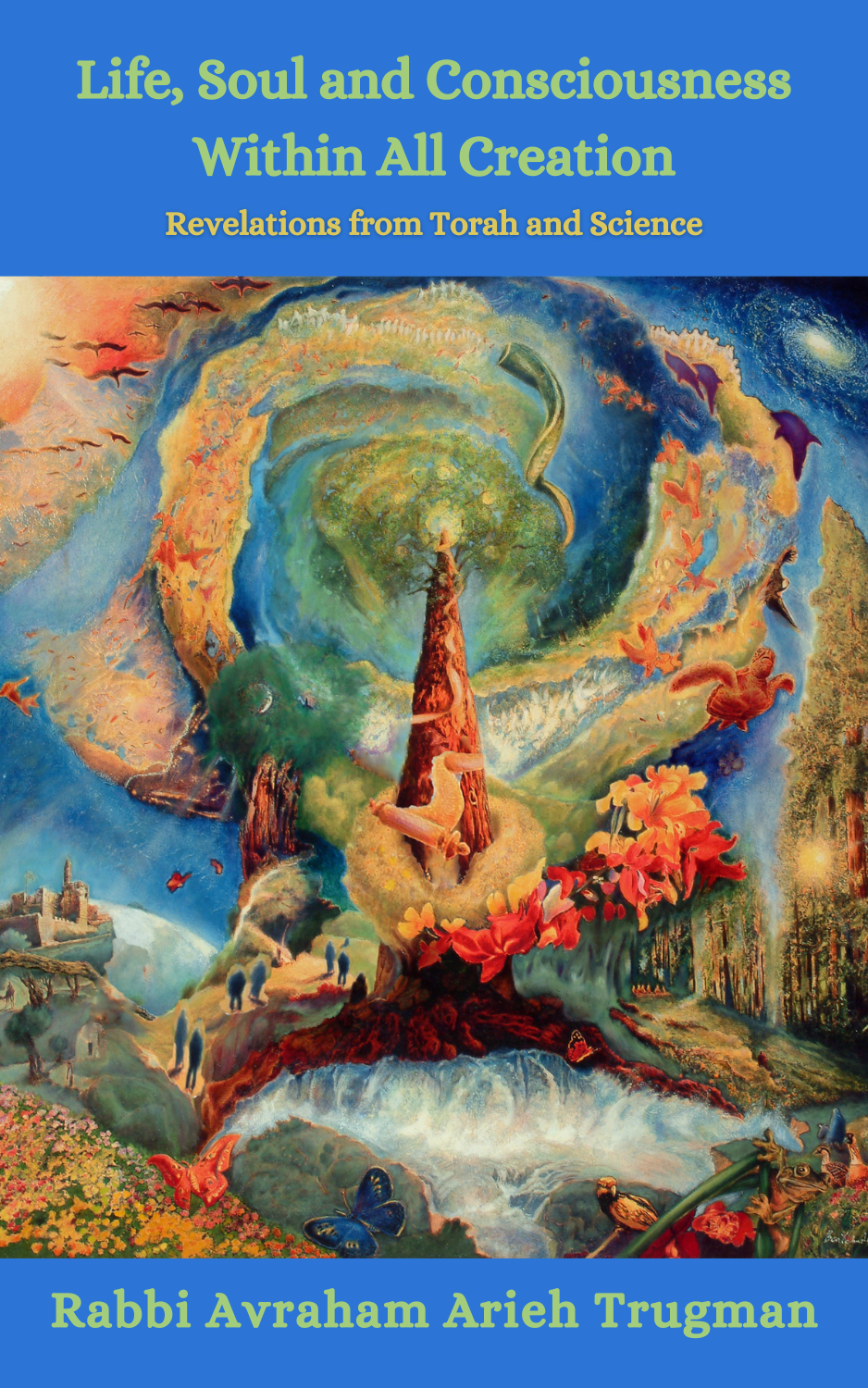In English, the book of Bamidbar is called Numbers, a somewhat surprising translation given that “bamidbar” means “in the desert.” However, aside from this objection, this choice makes perfect sense as the tribes, “families,” and individuals are counted several times throughout the book, most notably at the beginning. This recurring theme raises two questions: Why does the Torah present such a detailed census? And, given that the Torah speaks to each person in every generation, what does this detailed census have to teach us today? In the 1960s Marshall McLuhan, a communications expert, coined a very useful phrase: “the medium is the message.” In other words, he suggested that what we communicate is intrinsically connected to the manner in which we choose to communicate it. The medium is not neutral; it not only effects the message but can even become one with it. (See the “The Medium Is the Message – Patterns in the Torah and the Number Ten” in Ki Tisa for another instance of this phenomenon.) One of the lengthy census’ fundamental messages is that both the nation as a whole and its component parts are exceedingly important and unique. Initially, individuals, “families,” and tribes are counted; then, another count is recorded of the three tribes encamped on each side of the Tabernacle. Finally, a global figure is given for all the tribes. The ever larger circles of influence, physically demarcated by the encampments, each have their own dynamic and every individual Jew constantly operates within these various contexts, either consciously or unconsciously. The Torah chose to make “the medium the message” by expressly mentioning each individual, “family,” and tribe in the encampment to reflect the importance the Torah attaches to every component of the nation, as part of the whole and as a distinct part. This teaching is especially crucial in today’s highly mobile world where people find it increasingly difficult both logistically and emotionally to maintain close ties to their families and communities. So many people feel cut off from their roots, from their societies and from a set of common goals they share with others. Either consciously or unconsciously, they perpetually search for a purpose greater than themselves and their immediate needs and desires. Despite the scientific and telecommunication revolutions that have created a “global village,” more individuals than ever feel isolated, confused, jaded, and dissatisfied with life.
Learning how to balance our sometimes conflicting loyalties and attachments in a constantly changing world is no small achievement. But this goal is especially vital in our post-Holocaust period, for the Nazis literally branded their victims with numbers to erase their individuality; thus, we must fight against this by reclaiming the sanctity of the individual. However, as Hillel taught an individual must also exist for others: “If I am not for myself – who will be for me? And if I am only for myself – what am I?” (Pirkei Avot 1:14). The Torah by creating a very clear context for individual identity assists us in realizing how the individual can find his or her place standing alone while simultaneously identifying and participating fully in family life, the workplace, the local religious community, the entire Jewish people, and the human race.
A very vivid example of the individual and the group’s importance (and the dynamic between them) that I and many others experienced was the way Rabbi Shlomo Carlebach would conduct Kiddush Levanah (the monthly Sanctification of the Moon). Most people perform this ceremony in a matter of minutes, but Reb Shlomo would take hours. At one point in the ceremony, each individual says “Shalom aleichem!” (Peace unto you!) to three other people. Each of them responds in kind, “Aleichem shalom!” (Unto you peace!). Usually everyone reaches this point in the ceremony at the same time and turns to three neighbors to rapidly complete the exchange of greetings. Rabbi Carlebach would have each individual greet the entire group, and in return everyone would respond in unison. Sometimes this process would take a considerable amount of time, yet everyone would have a chance to shine and the group provided the energy to make everyone feel important and loved. Somehow time stood still in light of the greater goal.
Another lesson in the importance of the individual in relation to the collective was conveyed by the last Lubavitcher Rebbe, Menachem Mendel Schneerson, who for years would remain standing every Sunday for eight to ten hours in order to personally hand out dollar bills to thousands of his followers. Thousands of people from all over the world would come and wait in line for hours on end in order to be in the Rebbe’s immediate presence for a few seconds. Why did the Rebbe do this? He felt it to be of the utmost importance that he personally make contact with each of these people for even a moment, teaching each one the importance of giving charity and offering each one his personal blessings. Despite the lengthy wait people came willingly and waited without complaint. In truth, throughout the ages there have been countless examples of Jewish spiritual leaders who acted in similar ways.
This portion contains the secret of emotional and spiritual balance, of finding one’s inner equilibrium – in the context of relating to one’s family, society, and the very planet as a whole. When we learn to function within all these contexts, we will discover our place in the world and how to relate to our Creator; for, ultimately, He placed us here to make the world a better place.







